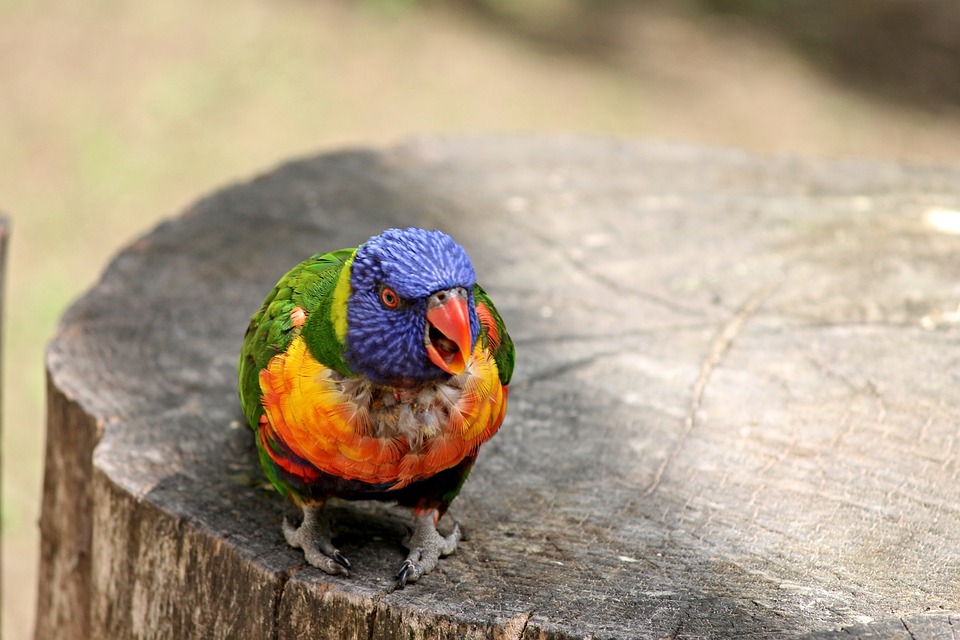Teaching your parrot to “step up” on command is an essential skill that enhances bonding and safety. Parrots are intelligent creatures that thrive on human interaction, so training them to respond to commands not only keeps them safe but also strengthens your relationship with them. In this article, we will explore effective techniques and tips to teach your parrot to “step up” on command.
Before delving into the training process, it is essential to establish trust and create a strong bond with your parrot. Parrots, like any other pets, require a nurturing and positive environment to feel safe and secure. Spend quality time with your parrot, engage in gentle interactions, and offer treats to strengthen the bond before starting the “step up” training.
Creating a positive training environment is crucial for successful parrot training. Parrots are sensitive to their surroundings, so it’s important to choose a quiet and comfortable space for training sessions. Minimize distractions and remove any potential hazards that may cause stress or anxiety for your parrot.
Positive reinforcement is the key to successful parrot training. Rewarding desirable behavior with treats, praise, or gentle strokes will encourage your parrot to repeat the behavior. Find out what rewards your parrot responds to best, whether it’s a favorite treat or verbal praise, and use it consistently during training sessions.
Teaching your parrot to “step up” on command can be achieved through a step-by-step training process. Take it slow, be patient, and celebrate small victories along the way. One effective technique is hand targeting.
Hand targeting is an effective technique to begin teaching your parrot the “step up” command. Start by placing a treat in the palm of your hand and presenting it to your parrot. Encourage your parrot to touch your hand with its beak or foot by using a verbal cue, such as “touch” or “target.” Once your parrot touches your hand, offer a reward and praise. Repeat this process several times until your parrot consistently touches your hand.
Once your parrot is comfortable with hand targeting, you can start introducing the “step up” command. Position your hand near your parrot’s lower chest and say the command “step up” in a clear and gentle tone. Gently apply slight upward pressure to your parrot’s lower chest with your hand. As your parrot lifts its foot to step onto your hand, provide positive reinforcement by offering a treat and praising the behavior. Repeat this process consistently, gradually reducing the upward pressure as your parrot becomes more comfortable stepping up.
Now, let’s address some frequently asked questions about teaching parrots to “step up.”
If your parrot refuses to step up, it may be a sign of discomfort or fear. Assess the training environment for any potential stressors and evaluate your techniques. Ensure your parrot feels safe and secure before continuing with training. It may take time and patience to build trust and confidence.
Yes, it is possible to train an older parrot to “step up” with patience and consistent training. However, older parrots may have ingrained behaviors or fear due to previous experiences, so it may take more time and effort to establish the desired behavior.
Clicker training can be an effective method for teaching your parrot to “step up.” By associating the sound of a clicker with positive reinforcement, you can communicate precisely when your parrot has performed the desired behavior, enhancing the training process.
In conclusion, teaching your parrot to “step up” on command is a vital skill that enhances bonding and safety. Establish trust, create a positive training environment, and utilize positive reinforcement techniques to achieve successful training outcomes. Remember, patience, consistency, and a gentle approach are key to nurturing a well-behaved and happy parrot.









